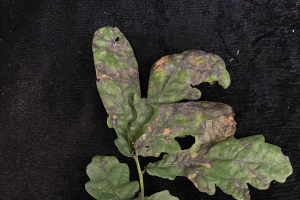Myrothecium leaf spot
Pathogen: Myrothecium roridum
Hosts: Lamium, Molucella, Rudbeckia, Salvia, New Guinea impatiens
Symptoms: This disease causes leaf spots, concentric rings may develop in the lesions. Raised black sporodochia develop on diseased tissue. In high humidity sporodochia are encircled by a tuft white growth.
Spread: Spores are splash dispersed by irrigation water and rainfall.
Management: Avoid injuries to plants, young or injured tissue is most susceptible. One common cause of wounding of perennials is packaging for shipping; disease readily develops following shipping. Avoid excessive fertilization, high fertilizer rates that favor lush foliage growth have also been associated with disease outbreaks. Minimize periods of leaf wetness through careful timing of irrigation. Fungicide applications may be needed to control severe disease problems.
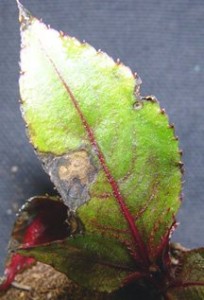
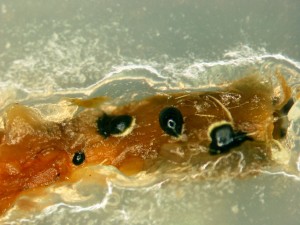
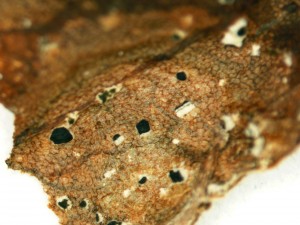


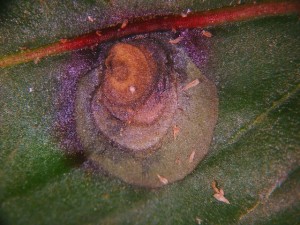



 Print
Print Email
Email